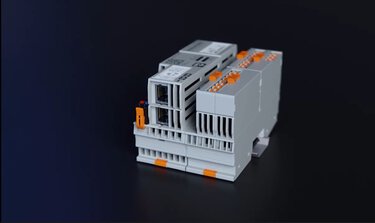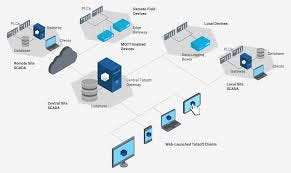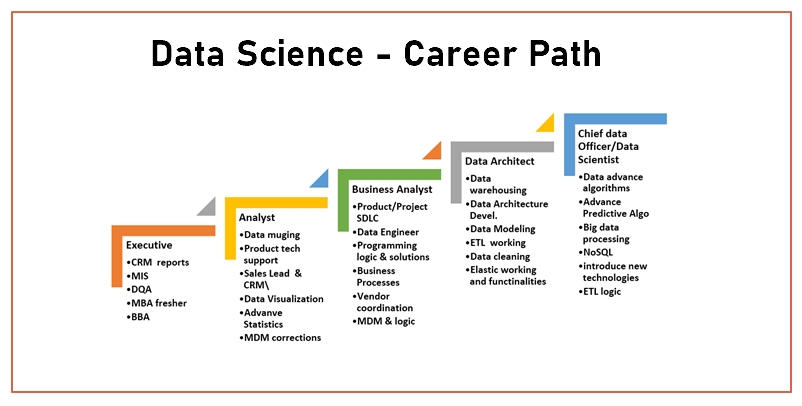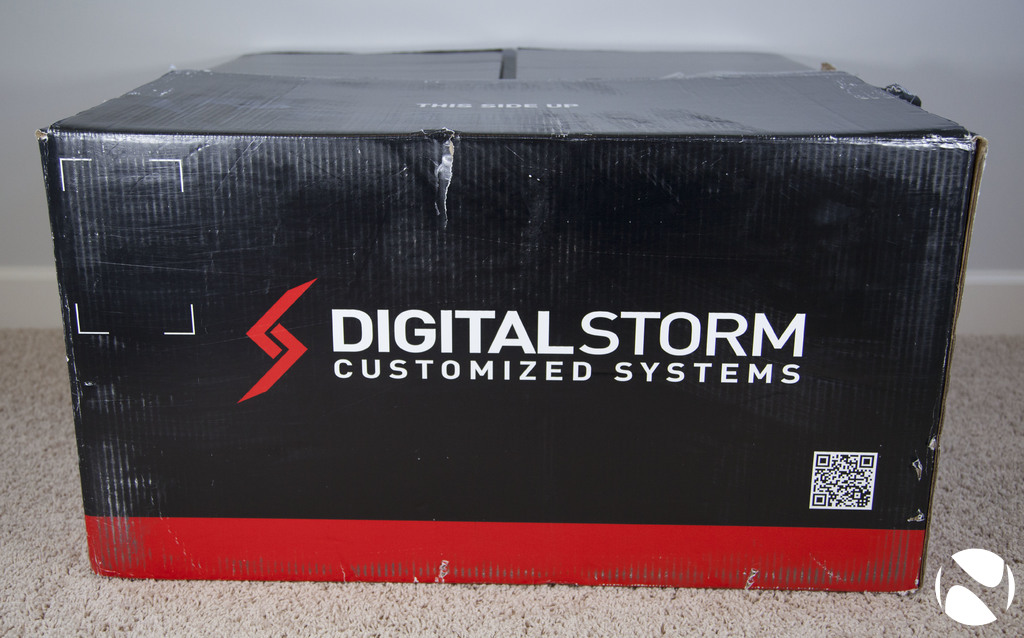Solar Edge Gateway| Dell Edge Gateway 5200, 3200|IoT Gateway

An edge gateway plays an important role in the Internet of Things (IoT) ecosystem. The Azure IoT Edge Gateway empowers organizations to leverage the power of Azure cloud services and intelligence at the edge, enabling edge computing, real-time analytics, and efficient data management in IoT deployments.
IoT Edge Gateway: Explained and Advantages Explored
An IoT edge gateway is a device or software component that serves as a bridge between local IoT devices and the cloud or central infrastructure. It enables data processing, communication, and integration at the edge of the network, closer to where the devices are located. The function of an IoT edge gateway is to facilitate seamless connectivity, data filtering, protocol translation, security enforcement, and edge computing capabilities.
An example of an IoT edge gateway is a device that collects data from various sensors or devices in a factory environment, performs local data analysis, and transmits relevant information to the cloud for further processing or storage. The gateway ensures efficient and secure communication between the devices and the cloud infrastructure.
The need for an IoT edge gateway arises due to several reasons. Firstly, it allows for local data processing and decision-making, reducing latency and dependence on cloud resources. This is particularly important in use cases where real-time responses are critical. Secondly, the edge gateway provides security measures at the edge of the network, protecting IoT devices and data from potential cyber threats. Additionally, the gateway facilitates interoperability among devices that use different protocols or come from various manufacturers, enabling seamless integration and communication within the IoT ecosystem.

The advantages of an IoT edge gateway include:
- Reduced latency and faster response times due to local data processing and decision-making.
- Enhanced security and privacy by implementing security measures at the edge.
- Improved interoperability and compatibility among diverse IoT devices and protocols.
- Optimized bandwidth and reduced data transmission costs by filtering and transmitting only relevant data to the cloud.
- Increased reliability and resilience as the edge gateway can operate independently even when connectivity to the cloud is disrupted.
In summary, an IoT edge gateway plays a crucial role in enabling efficient, secure, and scalable IoT deployments. It empowers organizations to leverage edge computing capabilities, enhance security, ensure interoperability, and optimize data management at the edge of the network.
What is Solar Edge Gateway?
SolarEdge Gateway is a device used in solar energy systems to enable monitoring, control, and communication between the solar panels and the SolarEdge monitoring platform. It serves as a bridge between the SolarEdge inverters and the internet, allowing real-time monitoring and management of the solar power system.
The SolarEdge Gateway collects data from each solar panel through power optimizers and transfers it to the SolarEdge monitoring platform. This data includes information on energy production, performance, and system health. Users can access this information through a web-based portal or a mobile app, providing insights into the system’s performance and enabling proactive maintenance and troubleshooting.
In addition to monitoring, the SolarEdge Gateway also facilitates remote firmware updates, configuration changes, and system-wide optimization. It offers advanced features like module-level monitoring, rapid shutdown compliance, and revenue-grade metering.
What is the Dell Edge Gateway 5200?
The Dell Edge Gateway 5200 is a rugged IoT (Internet of Things) gateway device designed for edge computing and data aggregation in industrial environments. It is part of Dell’s portfolio of edge computing solutions and is specifically built to handle the demands of industrial IoT applications.
The Dell Edge Gateway 5200 offers a range of features and capabilities to enable connectivity, processing, and data management at the edge of the network. Some key features of the Dell Edge Gateway 5200 include:
- Rugged design: The device is designed to withstand harsh industrial environments, including wide temperature ranges, humidity, and vibration.
- Connectivity options: It supports various connectivity options, such as Ethernet, USB, Wi-Fi, and optional cellular connectivity, allowing it to connect to a wide range of devices and sensors.
- Processing power: The Edge Gateway 5200 is equipped with an Intel processor and provides ample computing power for running edge applications and performing local data processing.
- Security features: It includes built-in security features to protect data and communication at the edge, such as secure boot, secure firmware updates, and encryption.
- Data aggregation and management: The Edge Gateway 5200 can collect, aggregate, and preprocess data from connected devices and sensors, allowing for real-time analytics and decision-making at the edge.
- Scalability and manageability: The device can be deployed in distributed edge computing environments, and it supports remote management and monitoring for easy scalability and maintenance.
FAQ:

What is an edge gateway in IoT?
Streamlining Data Processing, Protocol Translation, and Bandwidth Optimization
An edge gateway plays a crucial role in the Internet of Things (IoT) ecosystem. It efficiently processes data obtained from edge devices, filters and sends back relevant information, and performs network translation between different protocols. By doing so, it effectively reduces the bandwidth requirements and ensures smooth communication between diverse networks within the IoT framework.
What is an IoT edge translation gateway?
Enabling Protocol Translation and Communication with IoT Hub
The IoT Edge Translation Gateway plays a pivotal role in the protocol translation gateway pattern. In this pattern, only the IoT Edge gateway possesses an identity with the IoT Hub. The translation module within the gateway receives messages from downstream devices, performs the necessary protocol translation, and facilitates communication between the devices and the IoT Hub. This enables the IoT Edge device to send the translated messages on behalf of the downstream devices, ensuring seamless and efficient data exchange within the IoT ecosystem.
What is an IoT gateway?
The Intelligent Central Hub for IoT Devices
An IoT gateway serves as an intelligent central hub for Internet of Things (IoT) devices. It acts as a bridge, connecting IoT devices that may have limited computing and storage capabilities to the cloud infrastructure, where data is managed and utilized by end-user applications. The IoT Gateway plays a crucial role in facilitating seamless communication, data transfer, and integration between IoT devices and the cloud, enabling efficient and effective utilization of IoT data for various applications.
What is the function of the edge gateway?
Enabling Edge Computing and Cloud Connectivity
The edge gateway serves as a central component in the realm of “Edge” or “Fog computing.” Its primary function is to act as a gateway, connecting sensors or nodes on one end and offering one or multiple local functions. It facilitates bi-directional communication between the local devices and the cloud infrastructure, extending connectivity and enabling edge computing capabilities. The edge gateway plays a pivotal role in bridging the gap between local devices and the cloud, facilitating efficient data processing and communication in edge computing environments.
What is an example of an edge gateway?
Examples of Edge Gateway Devices
Edge gateways encompass a range of devices that serve as connectivity points between local networks and external networks. Some examples include routers, routing switches, integrated access devices (IADs), multiplexers, and various metropolitan area network (MAN) and wide area network (WAN) access devices. These edge devices play a crucial role in establishing connections with carrier and service provider networks, facilitating seamless communication and data transfer between local networks and external networks.
What is the difference between an edge and an IoT gateway?
Distinguishing Edge and IoT Gateways: Data Processing and Analysis
Edge computing and IoT gateways, although related, have distinct characteristics. The key difference lies in how data processing is handled. In edge computing, data processing occurs locally, within the edge device itself, minimizing latency and enabling real-time decision-making. On the other hand, on IoT devices, data is typically sent to the cloud for analysis and insights. This divergence in data processing location constitutes one of the primary distinctions between edge computing and IoT devices.
Is Edge a device gateway?
Defining the Edge Device and Gateway Relationship

In conclusion, IoT Edge Gateways play a crucial role in the Internet of Things (IoT) ecosystem. They serve as intelligent central hubs, bridging the gap between local IoT devices and cloud infrastructure. The functions of an IoT Edge Gateway include connecting devices to the cloud, translating communication between different devices, filtering data, and mitigating security risks.
The need for IoT Edge Gateways arises from the advantages they offer. These include enabling edge computing capabilities, reducing latency through localized data processing, enhancing security by acting as a secure access point, ensuring interoperability between devices with different protocols, and optimizing data management and transmission.
Microsoft Azure offers the Azure IoT Edge Gateway as part of its Azure IoT Edge service. It extends cloud intelligence and analytics to edge devices, allowing for local data processing, connectivity, module management, security, and offline capabilities.
Overall, IoT Edge Gateways are essential components in IoT deployments as they enable efficient and secure communication, data processing, and integration between local devices and the cloud, unlocking the full potential of IoT technologies.
See More:





